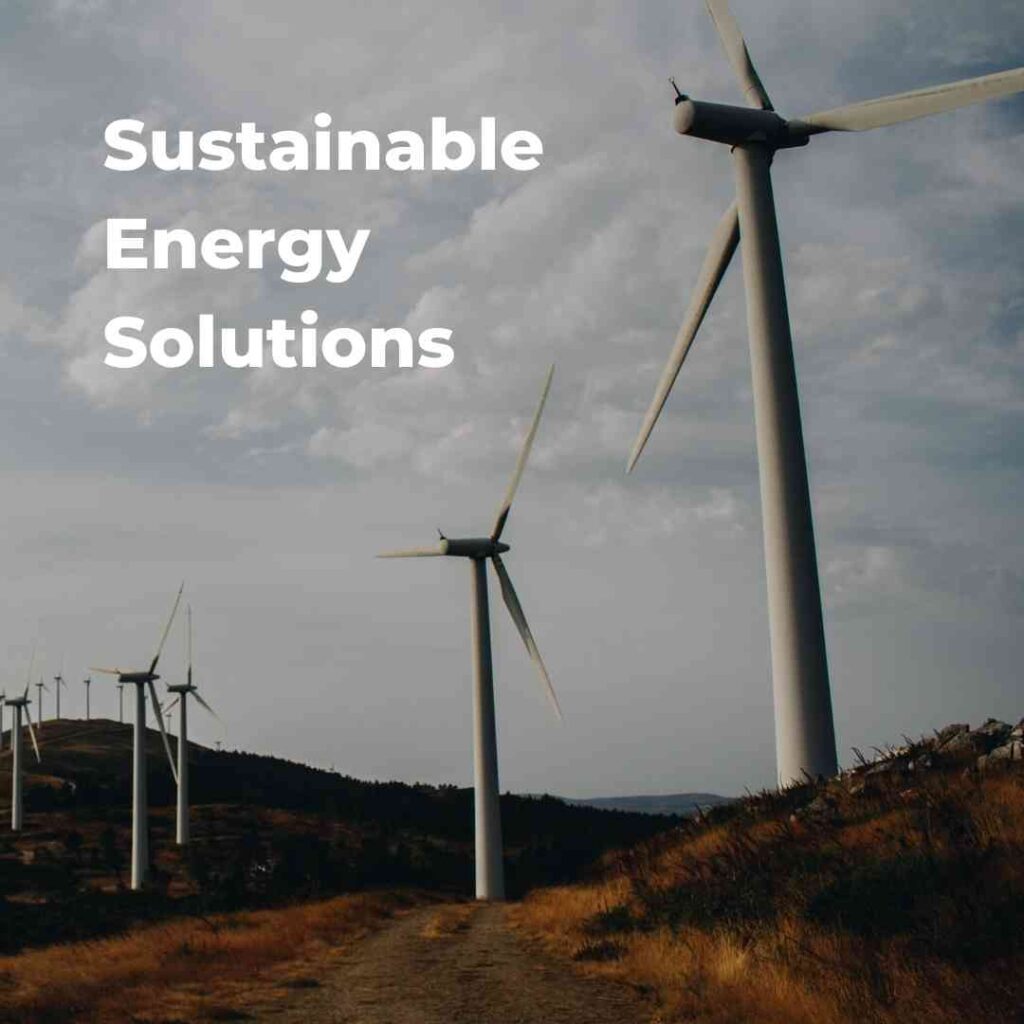
Sustainable Energy Solutions – 15 Ways to Save Both Money and the Planet
Electricity pulsates through the veins of our city, entombed below our streets and electrifying our planet’s health.
Electricity made from fossil fuels like coal is among the most harmful means of pollution and one of the leading causes of climate change. To shift this harrowing direction, we need to be more mindful of how we use electricity – or, more importantly, how we can use less.
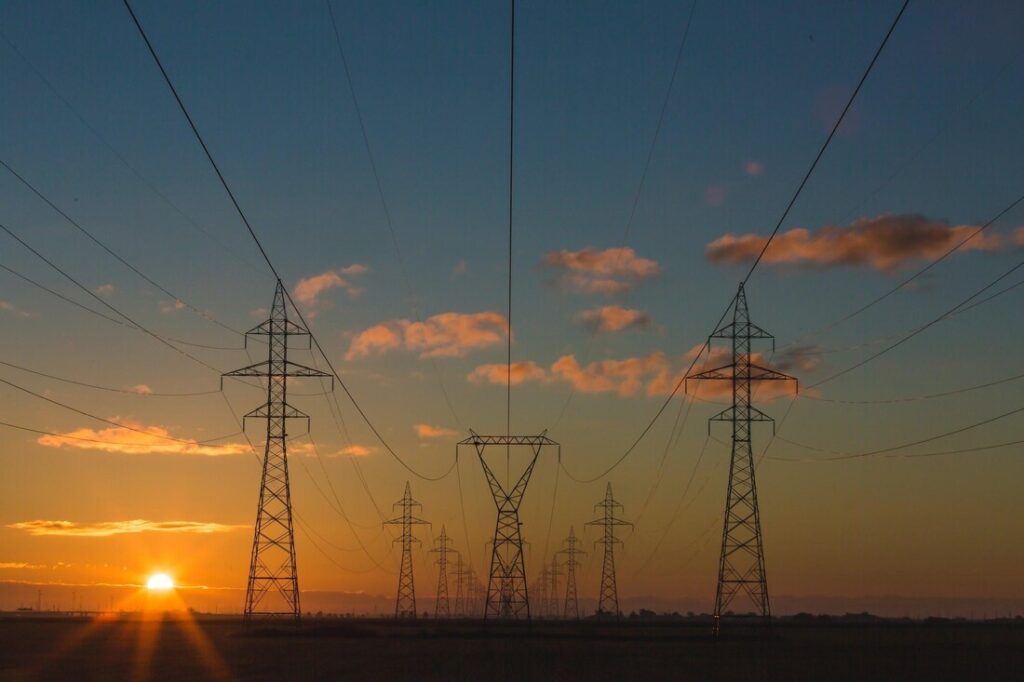
Matthew Henry, Unsplash
What is electricity?
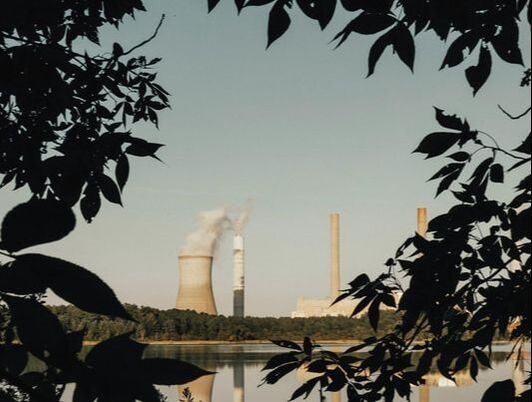
Roya Ann Miller, Unsplash
The final product is sent on a long journey through electrical circuits, ending up in our homes.However, the burning of these fossil fuels released an incomprehensible amount of carbon dioxide into an already fragile atmosphere. Every. Single. Day. In fact, in 2019, the human world used over 13.9 billion tons of oil to generate electricity. And it’s only getting worse as the population continues to increase.

NASA, Unsplash
Other forms of electricity production – The sustainable solutions
Solar is the most commonly understood and used form of sustainable energy. Through photovoltaic solar panels, the sun rays are converted into energy and emit readily usable electricity. The power supply comes from an inexhaustible energy source – the sun. While this is far better than the notorious fossil fuel coal, crafting and installing solar panels is still harmful to the environment.
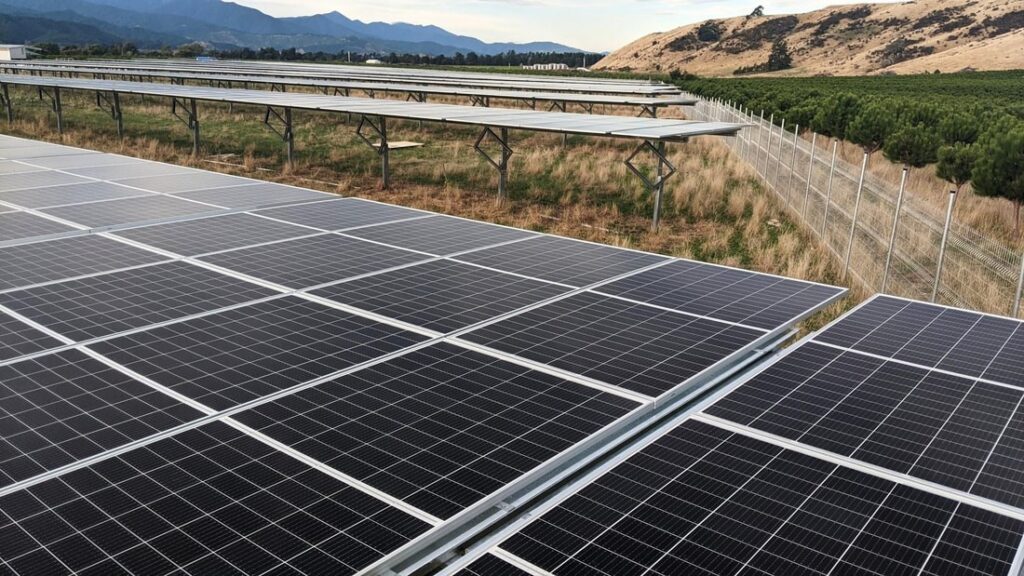
Thomas Coker, Unsplash

Jason Blackeye, Unsplash

Edward Koorey, Unsplash
As we’ve read, electricity has become essential to our daily lives but detrimental to the environment. While changing the source of energy is the main way we can mitigate the negative effects, there are some small changes we can all make that will help us save electricity – and money.
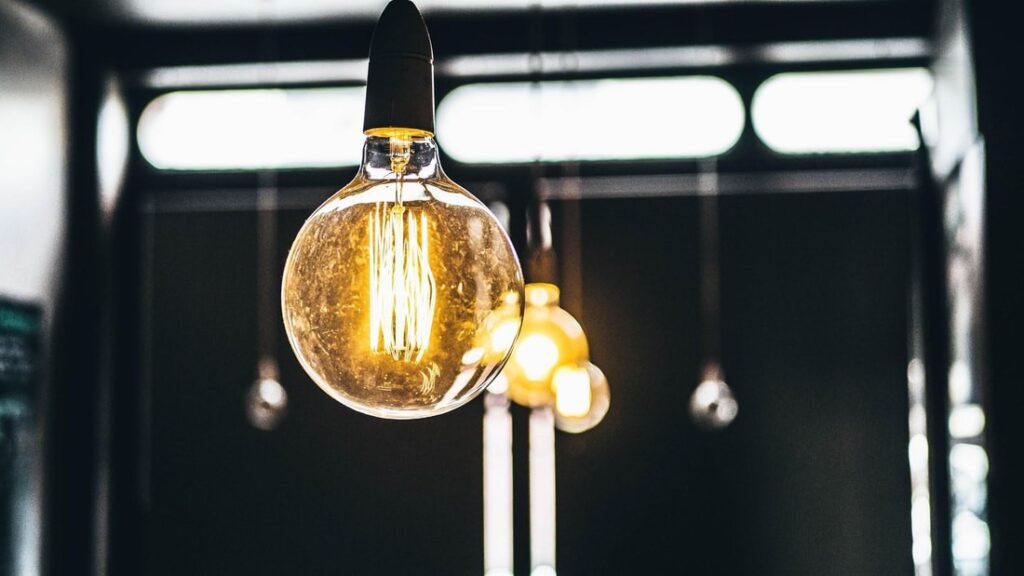
Anthony Indrus, Unsplash
1) Set your electric geyser to 55 ° C to 60 ° C.
2) Switch off all lights when not needed. Assess what lighting you need for the action you are performing.
3) Switch out your high-voltage light bulbs for eco-friendly and energy-efficient bulbs. For example, one 100 watt bulb produces the same light as two 60 watt bulbs, so it’s more sustainable to go for the 100 watts light bulb.
4) If you have an oil heater, why not change it for an infrared heater? It saves more energy, time, and money. Or, better yet, bring out a warm and comfy blanket and opt away from using a heater altogether.
5) Dishwashers save more water than hand washing but use electricity. When using your dishwasher, only turn it on when it’s jam-packed with dishes. Try turning the dishwasher off before it attempts to dry the dishes – you can leave them to drip dry or dry them manually.
6) When using an electric stove, match your pots to the stove plates. For example, a small pot only needs a small plate to heat up.
7) Switch off your stove and oven before you’re finished cooking. The remaining heat should continue cooking your food while saving electricity.
8) If you need to defrost food, leave it in the fridge overnight rather than defrosting it in the microwave.
9) Always opt for a hand-operated appliance rather than an electrical-operated one.
10) Do not fill your kettle to the brim when only requiring a cup or two of hot water.
11) Take shorter showers and fewer baths.
12) Turn off the tap when brushing your teeth or washing your face and hands.
13) Unplug all unused electronics. It’s not enough to simply turn off the switch. Having your appliances still physically plugged in means there is still electricity pulsating through.
14) Hang your dry laundry instead of using a tumble dryer.
15) Open your window instead of using a fan. While the wind may not be blowing in your favour, you won’t suffer due to not having your fan on.
References:
- Just Energy, Electricity 101, 2021
- Energy Fundamentals, Daily Energy Needs, 2021
- Reset, Renewable Energy – Environmentally Friendly and Low-Cost Energy from Inexhaustible Sources, 2015
- BC Hydro, 21 tips: no-cost ways to save electricity, 2021
By Georgia Carter




